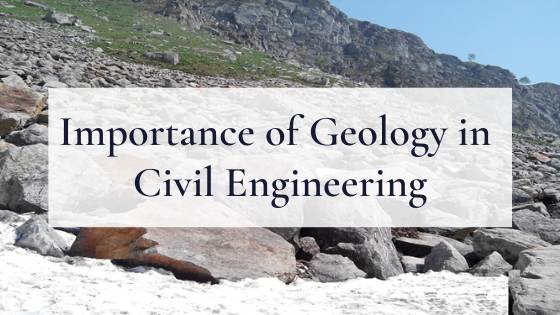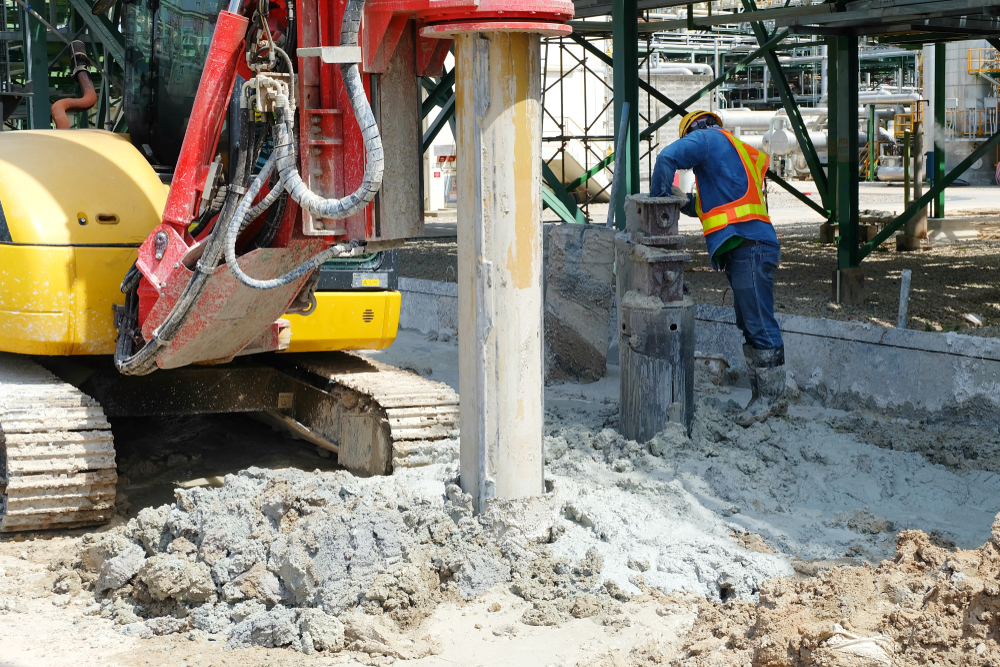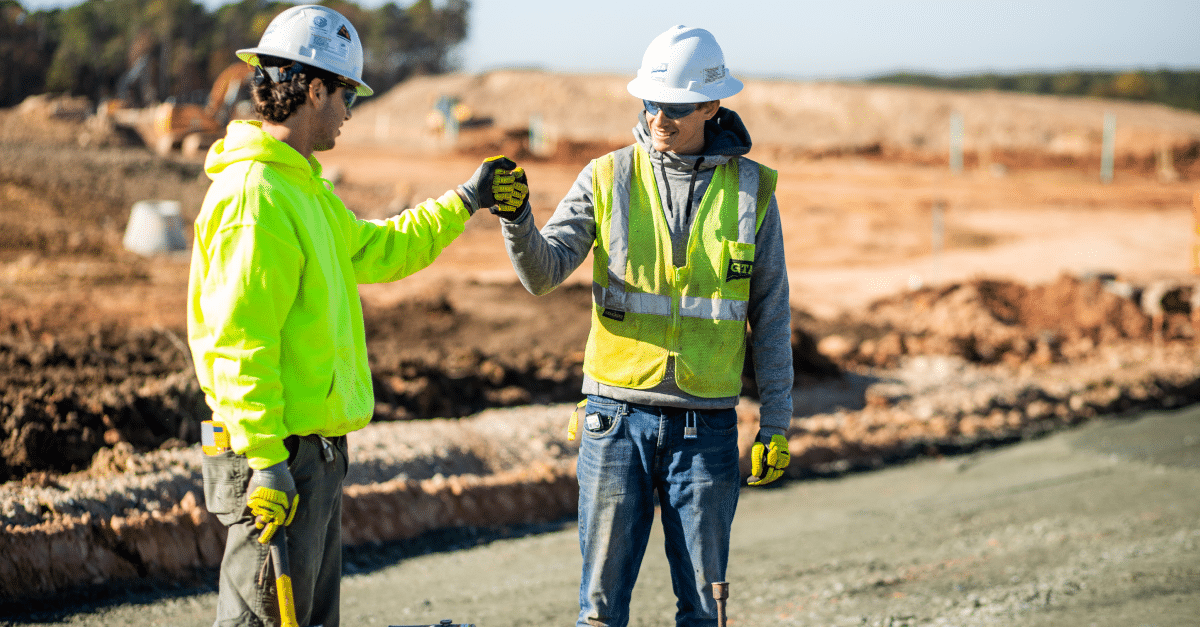What Does Geotechnical Engineering For Construction Projects Mean?
What Does Geotechnical Engineering For Construction Projects Mean?
Blog Article
Facts About Geotechnical Engineering For Construction Projects Revealed
Table of ContentsNot known Incorrect Statements About Geotechnical Engineering For Construction Projects Some Known Questions About Geotechnical Engineering For Construction Projects.The Buzz on Geotechnical Engineering For Construction ProjectsAn Unbiased View of Geotechnical Engineering For Construction ProjectsThe Ultimate Guide To Geotechnical Engineering For Construction ProjectsThe Ultimate Guide To Geotechnical Engineering For Construction ProjectsThe Main Principles Of Geotechnical Engineering For Construction Projects
Principles and Practice of Ground Improvement. Ground Enhancement Principles And Applications In Asia. Layout evaluation in rock technicians.Cengage Discovering, Stamford, 666 p. Atkinson, J., 2007. The technicians of dirts and structures. The Observational Method in ground design concepts and applications.
Little Known Facts About Geotechnical Engineering For Construction Projects.
Research laboratory and area screening plays a crucial role in this procedure. By extracting examples from the planet's subsurface and applying a suite of examinations, geotechnical engineers can predict the behavior of soil layers and evaluate their viability for various building efforts. The essence of geotechnical engineering in civil design can not be overstated, attributable to numerous factors: The initial action in any type of geotechnical research study involves establishing the soil kind at the construction website.
The structure acts as the bedrock of any type of building job. Choosing the appropriate structure kind is a choice that pivots on the thorough analysis provided by geotechnical engineering.

Geotechnical site examination is a critical step in the planning and execution of any type of building job. It includes the collection and analysis of data related to the physical residential or commercial properties of soil and rock below a recommended construction website. This details is important for the style and construction of safe, stable, and lasting structures.
See This Report on Geotechnical Engineering For Construction Projects
, likewise recognized as subsurface expedition, entails a series of tasks aimed at establishing the dirt, rock, and groundwater conditions at a building site. The key purposes are to identify possible geotechnical hazards, analyze the engineering properties of subsurface materials, and offer referrals for the design and building of structures, keeping wall surfaces, and other structures.
The desk research study assists in recognizing possible geotechnical issues and planning the succeeding fieldwork. This involves observing the topography, drain patterns, existing structures, vegetation, and any signs of instability or disintegration.
Geotechnical Engineering For Construction Projects Things To Know Before You Get This
Shallow examination pits are excavated to straight observe and example the soil and rock. This approach is valuable for researching the top layers of the subsurface and identifying near-surface threats. Non-invasive geophysical techniques, such as seismic refraction, ground-penetrating radar (GPR), and electrical resistivity tomography (ERT), are made use of to map subsurface conditions and find anomalies.
Soil and rock samples gathered during the field investigation are subjected to laboratory testing to determine their physical and mechanical properties. These examinations provide necessary information for geotechnical evaluation and design.
The primary advantage of geotechnical website investigation is making sure the safety and security of structures. By comprehending the subsurface conditions, designers can make structures and other structural components that can withstand the lots and ecological pressures they will certainly undergo. This reduces the risk of negotiation, decrease, and architectural failure.
The 9-Second Trick For Geotechnical Engineering For Construction Projects
For instance, comprehending dirt characteristics can guide the selection of excavation strategies, dewatering approaches, and ground useful site enhancement procedures. This guarantees reliable and secure construction methods. Geotechnical site investigations are frequently needed by developing codes and regulations. Following these demands ensures conformity with lawful and safety and security standards, preventing potential legal responsibilities and project hold-ups.
This details is indispensable for task managers, designers, and specialists in establishing sensible routines, budget plans, and backup strategies. Geotechnical Engineering for Construction Projects. Skyscraper Structure in a Coastal AreaIn a seaside city, a browse around this site high-rise property structure was intended on a website with believed loose sand deposits and a high water table. An in-depth geotechnical examination, consisting of borehole drilling, CPT, and geophysical surveys, was performed
The Main Principles Of Geotechnical Engineering For Construction Projects
Based upon these searchings for, the structure style was customized to include deep pile structures expanding right into stable strata, and ground improvement techniques, such as vibro-compaction, were applied to mitigate liquefaction dangers. This proactive technique made sure the security and stability of the building while staying clear of costly post-construction removal. Framework Growth on a Sloping TerrainA major infrastructure job, including the building of a highway and bridges, was planned on a hilly terrain with high slopes.

The Leaning Tower of Pisa (Italy), a famous building wonder, is notorious for its unexpected tilt from substantial geotechnical issues. The tower's foundation was improperly made to deal with the soft, unsteady soil below it, leading to unequal settlement and its distinct lean. Our world is populated with impressive facilities projectsfrom towering high-rises to sprawling bridgesall standing testimony to the advancement of the different construction tools and methods readily available.
Geotechnical engineering is a customized field within civil engineering that concentrates on examining the actions of earth products. This branch delves deep right into the try here groundinvestigating how the dirt, rock, and groundwater at a building website can influenceand be influenced bythe infrastructure that we set up on and into them. Before a solitary block is laid or a concrete foundation put, geotechnical engineers probe into the earthgathering important data concerning the site's dirt make-up, rock structure, and groundwater levels.
7 Simple Techniques For Geotechnical Engineering For Construction Projects

is a device made use of to assess the stability and load-bearing ability of heaps during installation, leveraging the principle of wave propagation. It maximizes building and construction efficiency by providing real-time evaluations, therefore guaranteeing secure and effective heap structures. One of the functional applications of geotechnical design entails deciding and implementing the right methods for foundation building and construction.
Load driving stands for greater than the plain act of placing architectural aspects into the ground. As a matter of fact, it is a thoroughly orchestrated process of transferring a framework's tons past the less stable soil layers closer to the surfacedown to the extra considerable strata that exist below. When it comes to pile driving, think about how geotechnical engineers expertly utilize this strategy to uniformly distribute the structure's weight.
Report this page